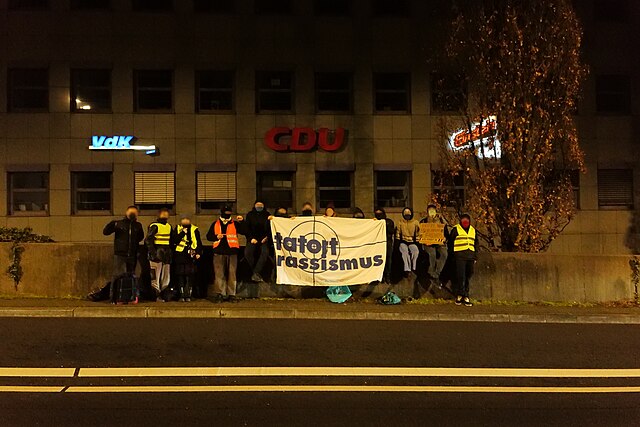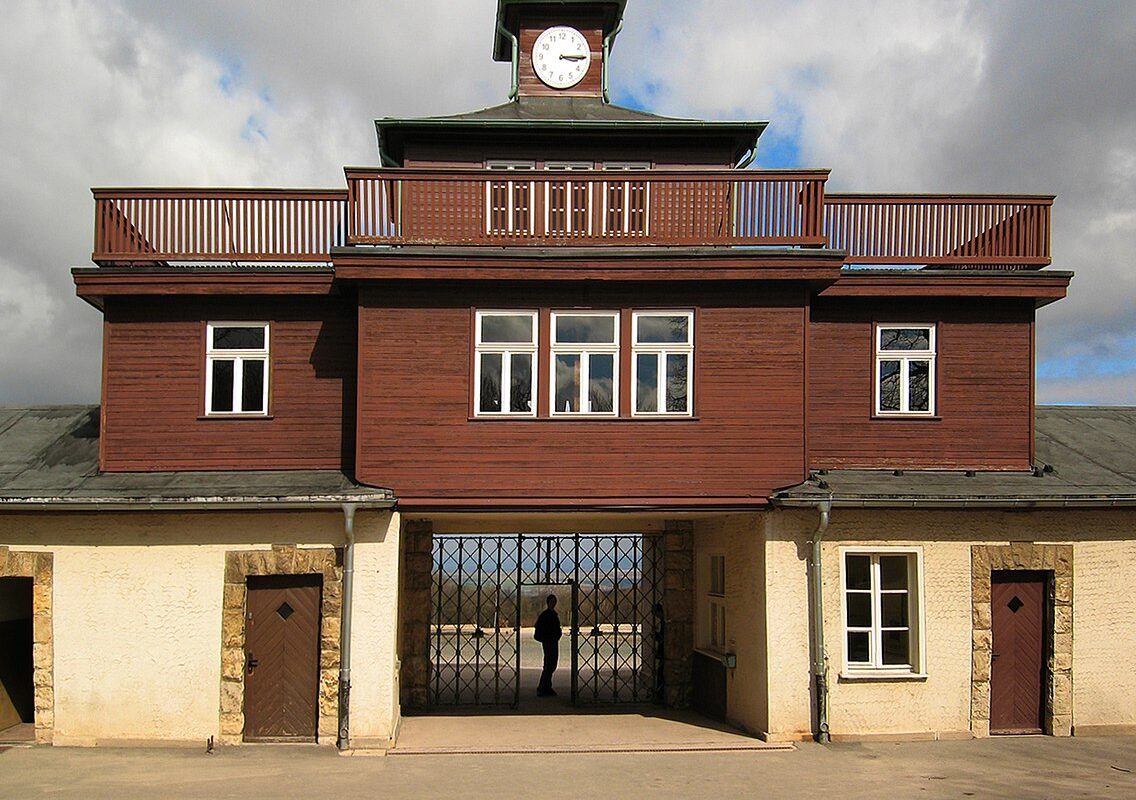In a televised debate, Olaf Scholz and Friedrich Merz competed to outdo each other in advocating for stricter asylum policies. Merz, in particular, reinforced his racist stance by referencing crime statistics. But what do these numbers actually reveal?
Crime Statistics as a Tool for Political Manipulation
Citing the incident in Aschaffenburg, Chancellor Olaf Scholz stated, “We can never accept such crimes, and therefore, decisive action must be taken.” Scholz had already outlined what this action would entail back in October 2023, declaring, “Deportations on a large scale!” were in order. His opponent, Friedrich Merz, followed the same narrative, introducing his “Five-Point Plan for Secure Borders and Ending Illegal Migration” as a response to the Aschaffenburg case. Both employ a misleading narrative, suggesting that Germany is becoming increasingly unsafe due to rising crime rates, which they blame on migrants. But do their claims hold up under scrutiny?
According to the Police Crime Statistics (PKS), the number of knife attacks has risen by five percent. However, this increase is largely due to a recent change in reporting—knife-related incidents have only been separately recorded since 2020. Previously, such offenses were categorized under broader crime types such as murder, manslaughter, or robbery. Meanwhile, severe crimes like murder, robbery, and manslaughter have steadily declined. For example, the number of murder cases has dropped from 1,600 per year to around 200 per year. By isolating knife-related offenses, the statistics create the misleading impression that serious violent crimes are increasing when, in reality, they have significantly decreased.
Crime statistics can be politically instrumentalized by selectively highlighting specific factors or weapons. Unlike firearms, knives are easier and cheaper to obtain. It is therefore likely that individuals from financially disadvantaged backgrounds use knives more frequently in violent incidents.
In the context of the migration debate, right-wing and conservative politicians like Merz exploit crime statistics to create a distorted picture. They selectively highlight specific types of crime that are more common among people living in precarious conditions.
According to the PKS, 45 percent of recorded knife-related offenses were committed by “non-Germans.” While this figure does not precisely match their proportion in the overall population, Merz’s choice to highlight this feature misleadingly suggests that nationality determines criminal behavior. Knife-related crimes are more likely to be committed by people with fewer financial resources and limited access to other means of violence. The statistics do not support the claim that nationality is a defining factor in violent crime such as homicide.
Deportations Do Not Create Safety
By focusing on isolated incidents, Merz diverts attention from the deeper structural causes of violent crime. The assumption that a person’s migration background determines their likelihood of committing a crime is not only statistically incorrect but also echoes racist ideologies from past centuries. In reality, factors such as social inequality, exclusion, poverty, and discrimination play a far greater role in criminal behavior.
There is no causal link between migration and crime. The claim that deportations increase safety is pure propaganda. Statistics actually show that people from war-torn and crisis-stricken countries with better prospects of staying and greater access to societal inclusion commit crimes at significantly lower rates than the general population. Instead, those most affected by political failures are often scapegoated.
The PKS itself reinforces racist narratives by categorizing crimes based on “German” and “non-German” offenders. This falsely implies that “being German” reduces criminal tendencies, which is not supported by data.
In their political rhetoric, Scholz and Merz fail to mention that, in the Aschaffenburg case, not only the alleged perpetrator but also the victim and a bystander who intervened had migration backgrounds. Rather than addressing the social causes of crime, Merz and others construct an enemy image that aligns with the stereotyped image of the enemy the far-right AfD has been promoting for years: the foreign Messermänner (‘‘knife men’’).
While anti-Muslim racism surged by 140 percent in 2023, according to a Claim study, this alarming development receives little attention in political debates. By pushing racist policies and rhetoric, Merz legitimizes far-right ideas and helps make the AfD more politically acceptable.
The Business of Fear
Since its foundation, the AfD has thrived on fear-mongering campaigns— from the 2015 refugee crisis, the surge in energy prices in 2022, to 2023’s economic uncertainty. The party’s success spikes during social and economic crises, which are often exacerbated by the policies of mainstream politicians. When conservative and liberal parties shift to the right in response, they break the so-called firewall against the far-right, ultimately paving the way for the AfD’s rise.
By refusing to address social issues directly, conservative and liberal parties adopt and normalize racist rhetoric. But the real problem remains: growing social inequality. The wealth gap will continue to widen even if asylum seekers were deported more quickly or if Islam were entirely criminalized. The missing money is not in the hands of migrants or Muslims—it is concentrated among millionaire and billionaire capitalists.




